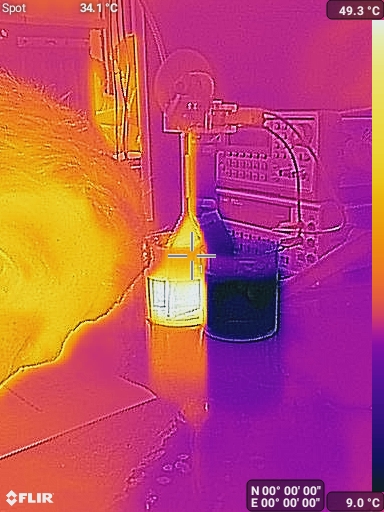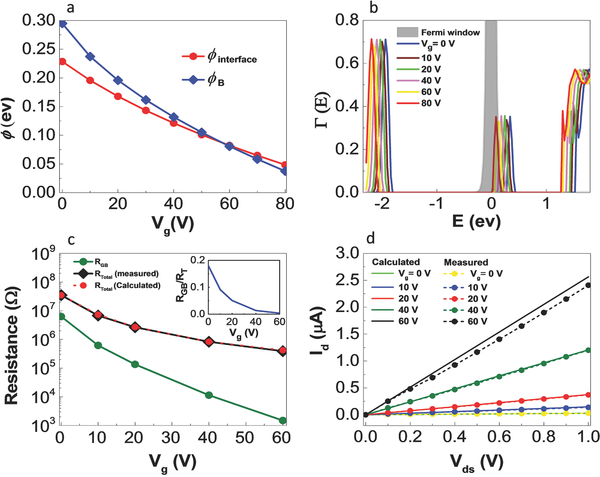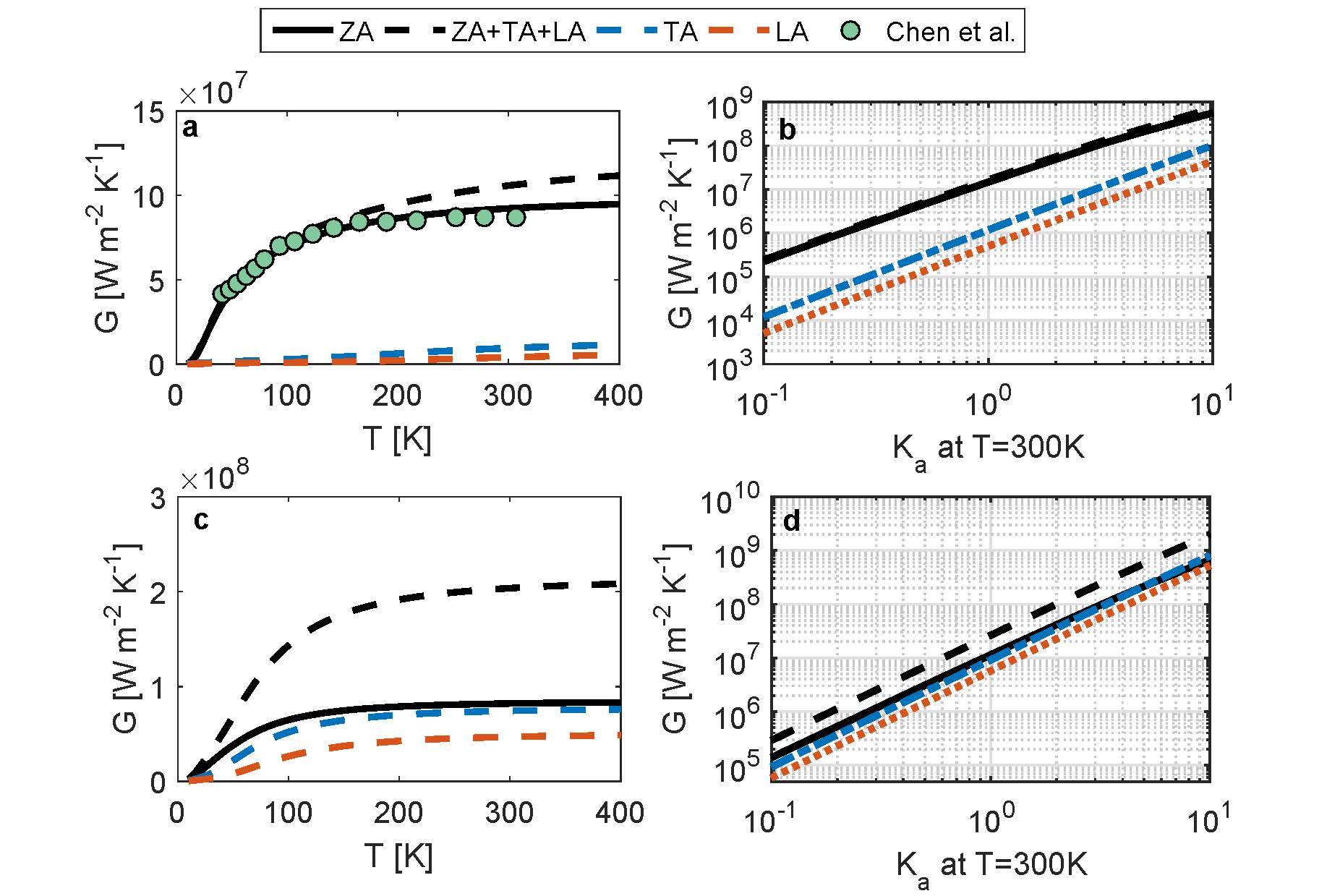Prof. Aksamija’s book “Nanophononics: Thermal Generation, Transport, and Conversion at the Nanoscale” now available on Pan Stanford via CRC/Taylor&Francis:  https://www.crcpress.com/Nanophononics-Thermal-Generation-Transport-and-Conversion-at-the-Nanoscale/Aksamija/p/book/9789814774413
https://www.crcpress.com/Nanophononics-Thermal-Generation-Transport-and-Conversion-at-the-Nanoscale/Aksamija/p/book/9789814774413
Features
- The book offers a unique perspective bridging the fields of nanoscale heat transfer and nanoelectronics.
- It covers both fundamentals and applications from the perspectives of theory/simulation, experimental measurements, and device applications.
- It brings together a unique group of leading experts on this topic
Summary
Heat in most semiconductor materials, including the traditional group IV elements (Si, Ge, diamond), III–V compounds (GaAs, wide-bandgap GaN), and carbon allotropes (graphene, CNTs), as well as emerging new materials like transition metal dichalcogenides (TMDCs), is stored and transported by lattice vibrations (phonons). Phonon generation through interactions with electrons (in nanoelectronics, power, and nonequilibrium devices) and light (optoelectronics) is the central mechanism of heat dissipation in nanoelectronics.
This book focuses on the area of thermal effects in nanostructures, including the generation, transport, and conversion of heat at the nanoscale level. Phonon transport, including thermal conductivity in nanostructured materials, as well as numerical simulation methods, such as phonon Monte Carlo, Green’s functions, and first principles methods, feature prominently in the book, which comprises four main themes: (i) phonon generation/heat dissipation, (i) nanoscale phonon transport, (iii) applications/devices (including thermoelectrics), and (iv) emerging materials (graphene/2D). The book also covers recent advances in nanophononics—the study of phonons at the nanoscale. Applications of nanophononics focus on thermoelectric (TE) and tandem TE/photovoltaic energy conversion. The applications are augmented by a chapter on heat dissipation and self-heating in nanoelectronic devices. The book concludes with a chapter on thermal transport in nanoscale graphene ribbons, covering recent advances in phonon transport in 2D materials.
The book will be an excellent reference for researchers and graduate students of nanoelectronics, device engineering, nanoscale heat transfer, and thermoelectric energy conversion. The book could also be a basis for a graduate special topics course in the field of nanoscale heat and energy.








 As dimensions of nanoelectronic devices become smaller, CPU hot spots become increasingly more difficult to manage. Applying mechanical strain in nanostructures provides an additional tuning mechanism for both electronic band structures and phonon dispersions that is independent of other methods such as alloying and dimensional confinement. By breaking crystal symmetry, strain increases anisotropy.
As dimensions of nanoelectronic devices become smaller, CPU hot spots become increasingly more difficult to manage. Applying mechanical strain in nanostructures provides an additional tuning mechanism for both electronic band structures and phonon dispersions that is independent of other methods such as alloying and dimensional confinement. By breaking crystal symmetry, strain increases anisotropy.